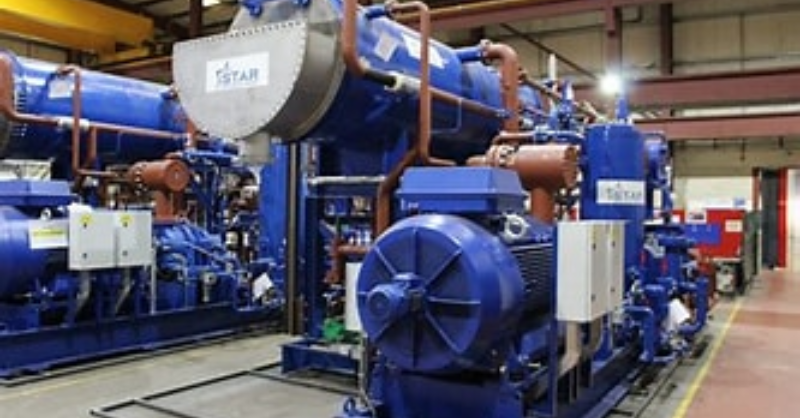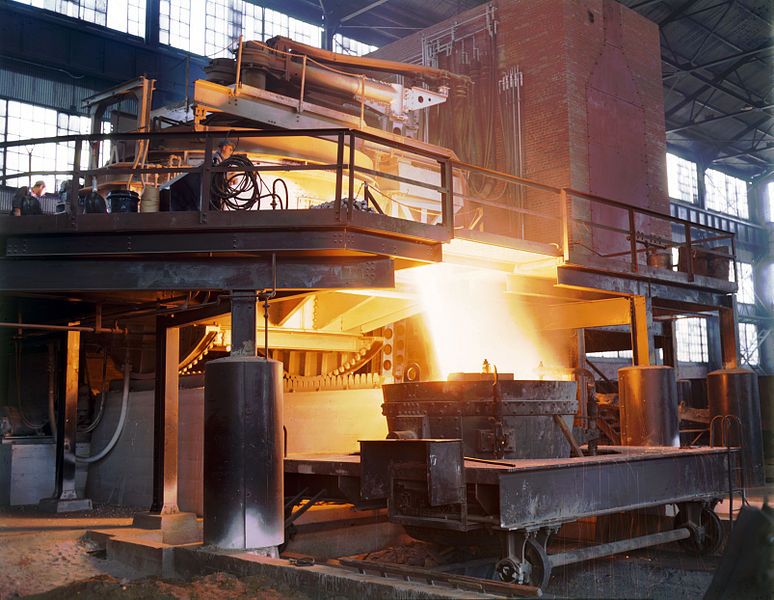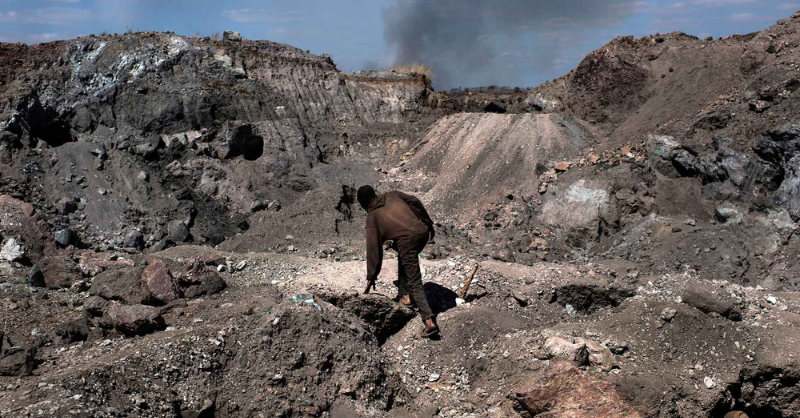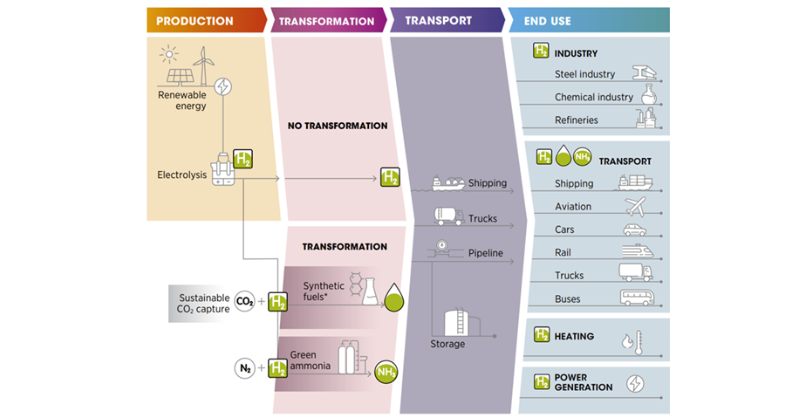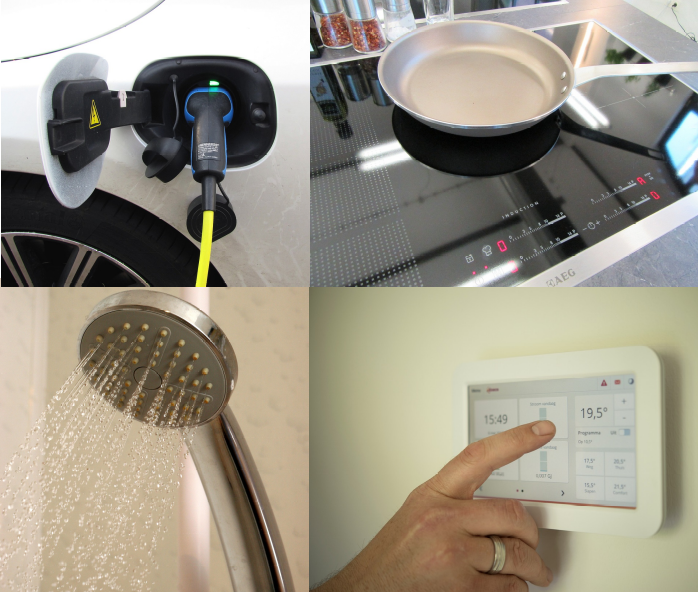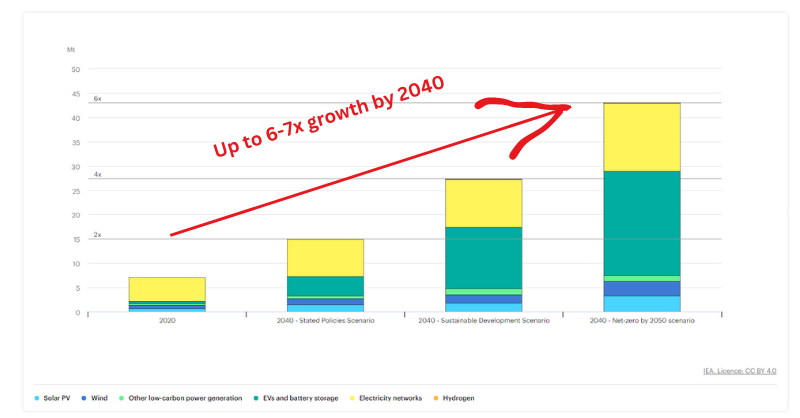Greener energy
Greener energy in transport, industry, and our electricity networks - plus all that goes with this
Industrial heat pumps can work
Industrial heat pumps not only offer the opportunity to decarbonise many industries, but they also could become a multi billion $ investment opportunity.
Is green steel coming of age?
Green steel reaching a tipping point, accelerating demand. A lesson for other hard to abate sectors? What is the combination of factors that have got us to this point?
Can the big miners fix artisanal mining?
Rob Karpati, from The Blended Capital Group, has been guest writing blogs for us on artisanal mining. Feedback we frequently get is 'thanks, we now get the problem, so what can we do'. Formalisation is the preferred pathway, but how to best deliver it?
Has the outlook for green hydrogen got better?
Green hydrogen has been in the news recently. Does this mean that it's becoming more real? Or is much of it still hype - which risks creating a bubble? The short answer is (somewhat surprisingly), from an investment perspective, not much has really changed.
Will consumers consume differently in an electrified world?
The shift to EVs and the broader electrification of various industries will have an impact on consumer behaviour and consumption patterns.
Yes, we need more mining but how much investment do we need?
Yes, decarbonisation of our economy is going to require a lot more of certain minerals. But, how much more, and how much will this cost?
Making money from coffee waste
Global coffee production delivers more than 23 million tons of waste every year. There are innovative uses, including using it as a feedstock in biodigesters, and potentially as a raw material for the production of higher value nutraceuticals.
Decarbonising shipping with the energy you don't use
Shipping is a big emitter of harmful gases. Regulation and innovation in fuels is an important path to reducing that. Increasing efficiency is also a big help and has a cost advantage too.
Geothermal electricity - power from the earth's heat
Geothermal electricity generation is currently (very) niche, only working in a few locations, and even then its expensive. But that is changing. New technologies offer the opportunity for it to be a financially viable balance to the variability of wind and solar.
What do ducks have to do with revenues from solar?
Solar is probably going to become our core renewable electricity generation technology. It's simple, it works in lots of situations, and it's getting cheaper. One challenge we need to face up to is 'too much of a good thing', when our solar panels all produce their maximum output at the same time
Will Sustainable Aviation Fuel make airlines sustainable?
Unless aviation gets political priority, SAF looks like its going to struggle to be a financially viable decarbonisation solution for the aviation industry.
Green cement - there are solutions
The production of concrete, or more accurately cement, accounts for between 5-8% of global GHG emissions. This is a similar scale to the GHG emissions of passenger cars. There are solutions - and not all revolve around new technologies.
